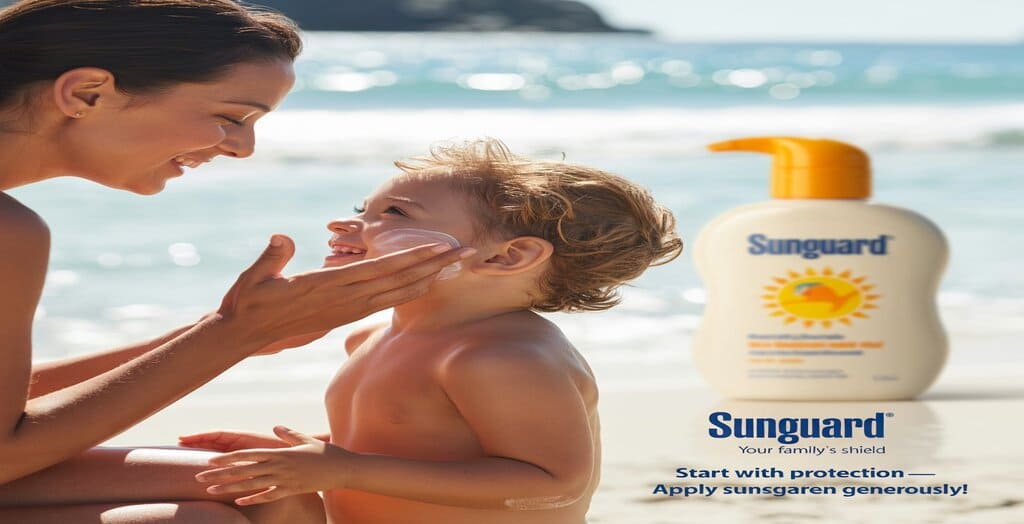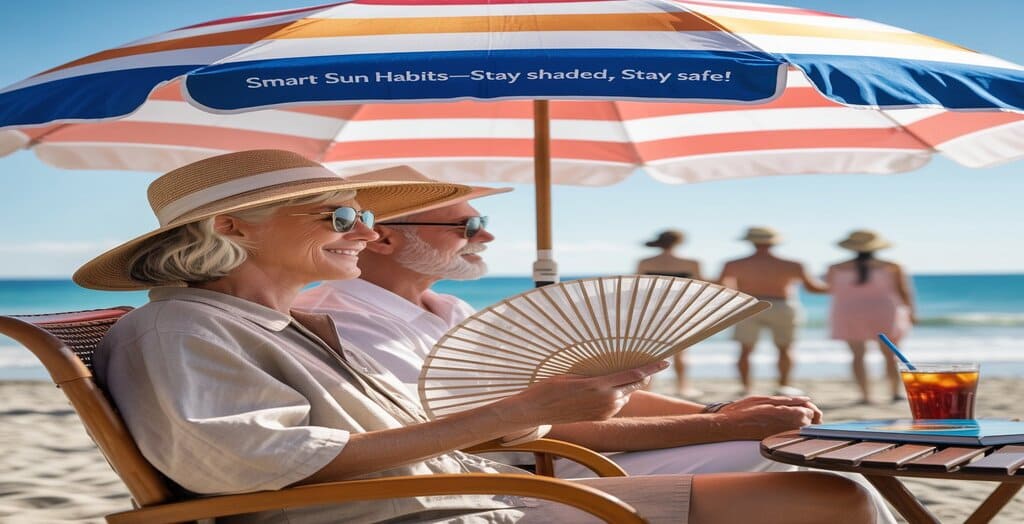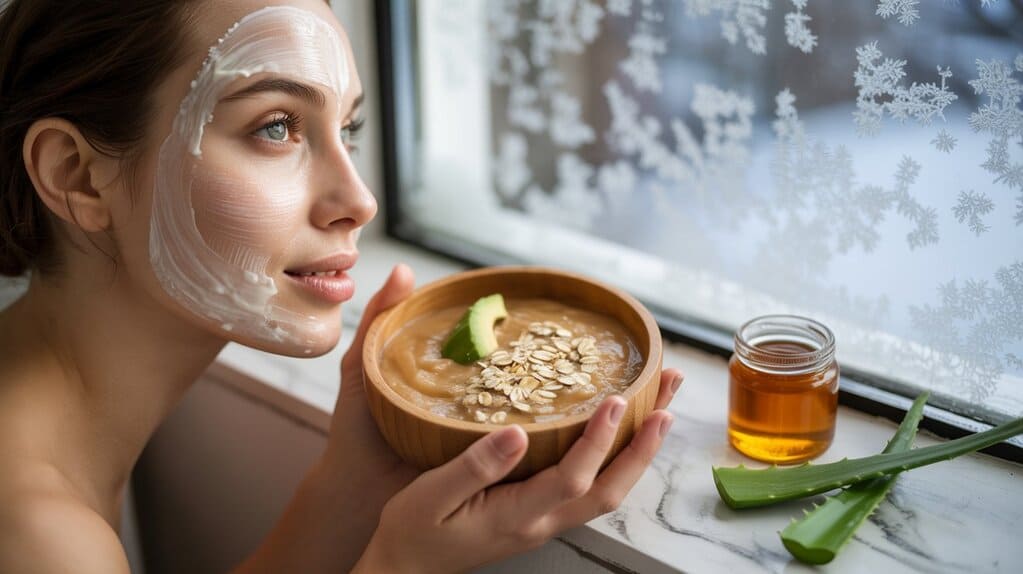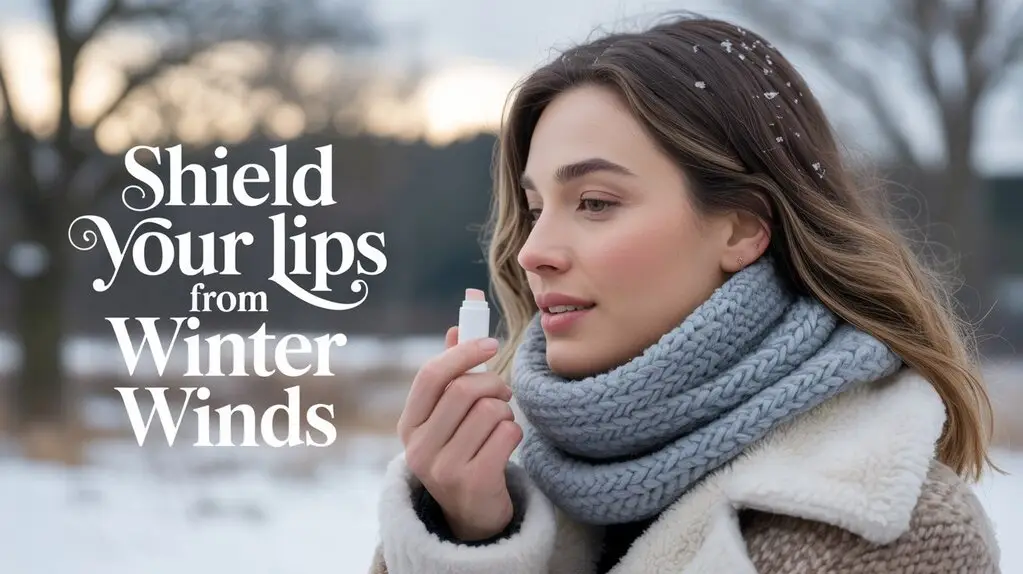
Introduction
Summer is the season of sunshine, holidays, and outdoor adventures. For many people around the world, one of the most popular summer activities is spending time at the beach. While the sunlight offers several benefits, such as boosting vitamin D levels and improving mood, excessive exposure can pose serious health risks. From children to the elderly, each age group experiences different effects from sun exposure at the beach. Understanding the benefits, risks, and precautions for each demographic is essential to enjoy the summer sun safely and healthily.
This comprehensive guide explores the advantages and disadvantages of sun exposure at the beach, age-specific concerns, and expert-backed preventive measures to ensure safe sun practices for all.

Body
1. The Science of Sun Exposure: UV Radiation and the Human Body
The sun emits ultraviolet (UV) radiation, which reaches the earth in three forms: UVA, UVB, and UVC. While UVC is blocked by the ozone layer, UVA and UVB penetrate the atmosphere and impact our skin.
- UVA rays penetrate deeper and contribute to skin aging and wrinkles.
- UVB rays are responsible for sunburn and play a key role in the development of skin cancer.
According to the World Health Organization (WHO), overexposure to UV radiation is the primary cause of non-melanoma skin cancers, with more than 3 million new cases reported globally each year.
Medical Study: A 2024 article published in The Lancet Oncology emphasized that consistent sunburn during childhood can double the risk of melanoma in adulthood (Smith et al., 2024).
2. Benefits of Sun Exposure at the Beach
Despite the risks, moderate sun exposure offers several health benefits:
✅ Vitamin D Synthesis
Sunlight triggers the skin to produce vitamin D, essential for bone health, immune function, and mental well-being.
A study in the Journal of Clinical Endocrinology & Metabolism (2023) confirmed that 15 minutes of sun exposure per day significantly increases vitamin D levels in both children and adults.
✅ Mood Enhancement
Sunlight boosts the release of serotonin, a hormone linked to improved mood and focus. This explains why beach days often feel rejuvenating.
✅ Improved Sleep Cycles
Natural light helps regulate the body’s circadian rhythm, enhancing sleep quality.

3. Risks of Excessive Sun Exposure
⚠️ Sunburn and Skin Damage
Unprotected exposure can lead to sunburn, peeling, inflammation, and long-term skin damage.
⚠️ Premature Aging
Frequent exposure to UVA rays accelerates wrinkle formation and age spots, a condition known as photoaging.
⚠️ Heatstroke and Dehydration
Beach environments can lead to overheating, especially in vulnerable populations like infants and the elderly.
⚠️ Skin Cancer
Repeated sunburns increase the risk of melanoma, basal cell carcinoma, and squamous cell carcinoma.
According to the American Academy of Dermatology, 1 in 5 Americans will develop skin cancer by the age of 70.
4. Sun Exposure Considerations by Age Group
A. Children and Infants
- Skin Sensitivity: Children’s skin is thinner and more sensitive to UV rays.
- Risks: High risk of burns and long-term skin cell mutation.
- Precautions:
- Use broad-spectrum SPF 50+ sunscreen.
- Dress children in UV-protective swimwear.
- Keep infants under 6 months in shaded areas only.
Study Highlight: According to the Pediatric Dermatology Journal (2023), early sunburns increase lifetime skin cancer risk by 80%.

B. Teenagers and Adults
- Tanning Myths: Many teenagers tan for aesthetic reasons, unaware of the risks.
- Risks: Higher exposure due to extended beach activities.
- Precautions:
- Apply SPF 30+ every 2 hours.
- Avoid tanning oils that offer no UV protection.
- Seek shade between 10 a.m. and 4 p.m., when UV intensity is highest.
C. Pregnant Women
- Sun sensitivity increases during pregnancy due to hormonal changes.
- Risks: Risk of melasma (dark skin patches) and heat exhaustion.
- Precautions:
- Wear wide-brimmed hats and mineral-based sunscreen.
- Stay hydrated and cool.
D. Elderly Individuals
- Thinner skin and often existing medical conditions like heart disease make the elderly more vulnerable to heatstroke and skin cancer.
- Precautions:
- Wear lightweight, long-sleeved clothing.
- Monitor time in direct sun.
- Use moisturizers with SPF to prevent dryness and protect skin.

5. Sunscreen and Protective Clothing
🧴 Sunscreen Essentials:
- Choose broad-spectrum (UVA + UVB) sunscreen.
- Water-resistant formulas are ideal for beach use.
- Apply 15–30 minutes before sun exposure.
- Reapply every 2 hours or after swimming.
👒 Protective Accessories:
- Wide-brimmed hats.
- UV-blocking sunglasses.
- Rash guards and long-sleeve swim shirts.
6. Real-Time UV Index and Mobile Apps
To manage sun exposure smartly, use apps like:
- UVLens
- EPA’s SunWise UV Index
- Weather.com’s UV Forecast Tool
These apps provide real-time UV level updates, helping plan beach outings safely.
7. Tips for Safe Sun Practices at the Beach
| Tip | Description |
|---|---|
| Stay Hydrated | Drink at least 2 liters of water daily. |
| Use Beach Umbrellas | Create shade zones especially for kids and seniors. |
| Avoid Peak Sun Hours | Limit exposure between 10 a.m. and 4 p.m. |
| Wear Breathable Clothing | Opt for cotton or UV-protective fabrics. |
| Cool Down Regularly | Take breaks in shaded or air-conditioned areas. |
8. Expert Opinions and Medical Recommendations
- Dr. Sandra Lee, dermatologist: “Sunscreen should be viewed as a daily necessity, not just a beach-day accessory.”
- Dr. Ahmed El-Hady, WHO consultant: “Populations living in hot climates need continuous education on the cumulative effects of UV damage.”
9. Popular References and Resources
- Wikipedia – Sunlight and Health: https://en.wikipedia.org/wiki/Sunlight
- CDC – Sun Safety Tips: https://www.cdc.gov/cancer/skin/basic_info/sun-safety.htm
- American Cancer Society: https://www.cancer.org
- National Institutes of Health (NIH): https://www.nih.gov/
- Dermatology Times Medical Journal
- World Health Organization (WHO) – UV Radiation: https://www.who.int/news-room/questions-and-answers/item/radiation-ultraviolet-(uv)
Conclusion
Sun exposure at the beach, when done correctly, can be energizing and beneficial for all age groups. It contributes to vitamin D production, supports mental health, and enhances social bonding. However, excessive and unprotected exposure can result in serious health issues, from sunburns to life-threatening skin cancers.
By understanding age-specific needs, applying protective measures, and staying informed about UV levels, beachgoers of all ages can enjoy the warmth of summer safely and responsibly.
Let’s make sun safety a summer priority—not only to protect our skin but also to ensure the long-term well-being of everyone under the sun.







